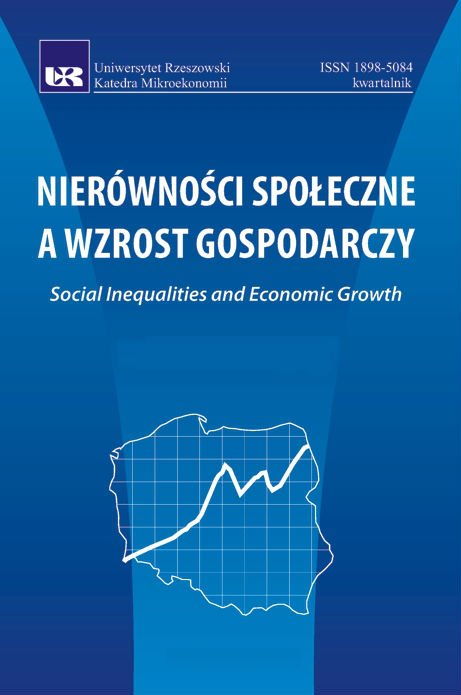Kwestie nierówności w systemie wsparcia bezpośredniego w krajach Unii Europejskiej w świetle nowego budżetu na lata 2014-2020
The Issues of Inequality in the System of Direct Support of the European Union in the Light of the New Budget for 2014-2020
Author(s): Joanna Nowakowska-Grunt, Barbara KiełbasaSubject(s): Economy, National Economy, Supranational / Global Economy, Public Finances
Published by: Wydawnictwo Uniwersytetu Rzeszowskiego
Keywords: direct payments; the EU budget; levels of subsidies
Summary/Abstract: The paper presents the issue of the role and the importance of direct payments in the European Union agriculture in the context of the new financial framework for 2014-2020. The purpose of direct payments, introduced in 1992, was to equalize the income of farmers, who had, and still receive the lower income than people employed in the other sectors of the national economy. Direct payment support has been divided taking into account different models. The largest subsides per one hectare is acquired by farmers from Greece, Belgium, the Netherlands and Malta, while the smallest in Latvia, Romania, Estonia and Lithuania. Many studies show that the differentiation between the income of farmers and the incomes of other groups is decreasing, but the constant increase of disparities between the farm’s income, as well as the farms from different countries, is growing. This is the effect of, primarily, different systems of direct subsidies calculations, so called models of direct payments. There are many critical voices relating to these different systems that causes elimination of disparities in the EU agriculture impossible. Changes of the system of direct payments are essential, with, first of all, harmonizing the system of direct payments between Member States, taking into account the new methods of counting with for example: GDP per capita, the average income of household, the amount of received aid, the effectiveness of agricultural production, as well as natural conditions (the quality of agricultural land, terrain, climate, etc.).
Journal: Nierówności Społeczne a Wzrost Gospodarczy
- Issue Year: 2016
- Issue No: 48
- Page Range: 290-300
- Page Count: 11
- Language: Polish

